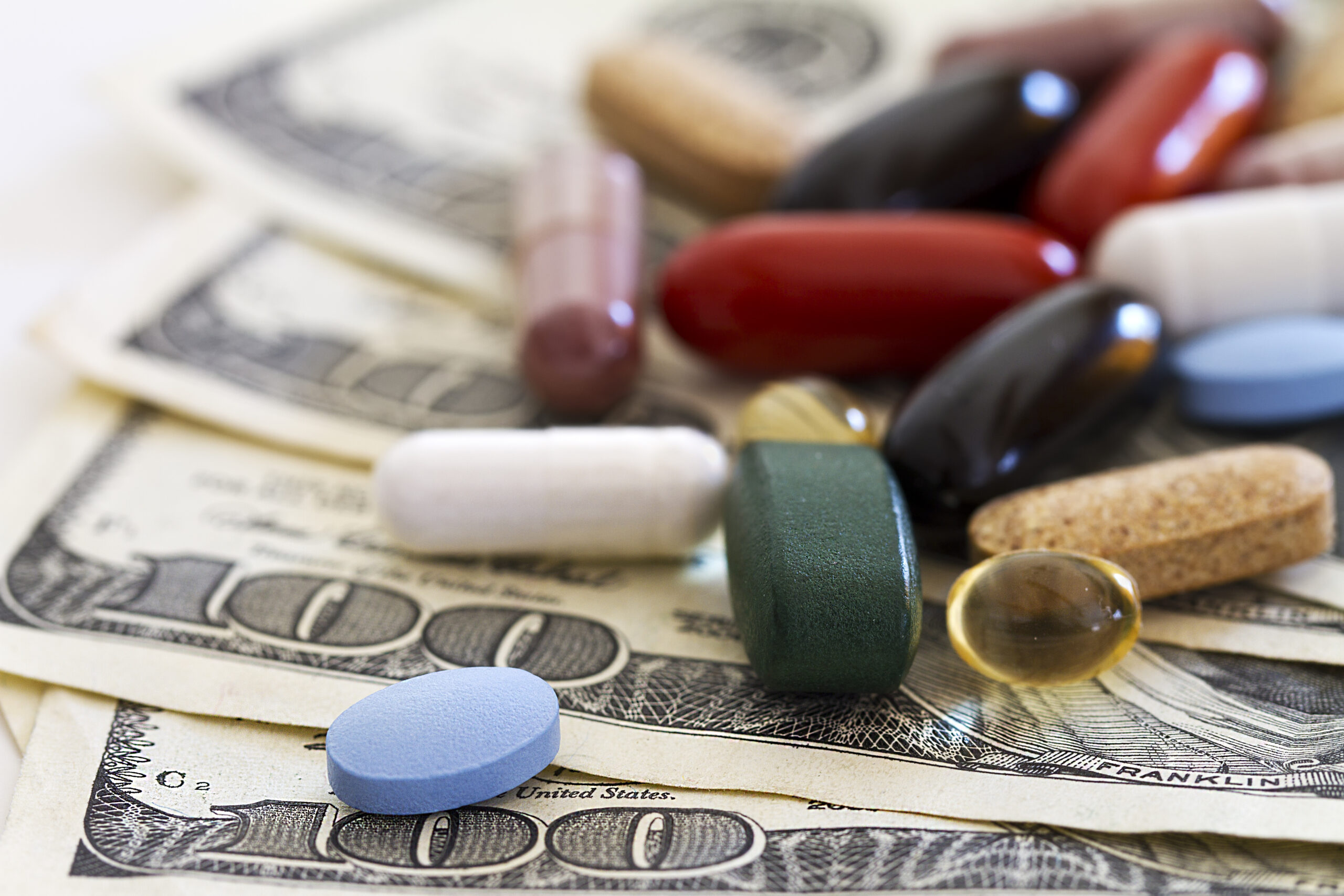Report finds some drug manufacturers spend more on advertising, executives’ salaries than new research

A new report from a progressive advocacy organization and think tank argues that drug manufacturers often spend more on advertising and executives’ salaries than they do research.
“Profit Over People” — a study by Public Citizen — comes as many Marylanders struggle to afford necessary prescription drugs and as health advocates argue that some medication prices are artificially high.
Pharmaceutical company lobbyists say the prices are necessary to fund further research and development of new products.
But local health care advocates believe the report supports their call to expand authority of a state board that aims to lower drug costs for Marylanders.
Vincent DeMarco, president of Maryland Health Care for All, and several state lawmakers want to expand the authority of Maryland’s Prescription Drug Affordability Board, which is tasked with reining in prices for drugs on the government health care plans in the state.
They want to broaden the board’s authority to lower drugs costs for all Marylanders, not just those on government plans, through recently-filed legislation Senate Bill 388 and House Bill 340.
Sen. Dawn Gile (D-Anne Arundel) is the lead bill sponsor in the Senate. Del. Bonnie Cullison (D-Montgomery) and Del. Jennifer White Holland (D-Baltimore) will co-sponsor the bill in the House.
PhRMA, a powerful lobbying group representing pharmacy manufacturers, opposes prescription drug affordability boards, which they call “flawed price-setting schemes.”
“Government price setting policies reduce biopharmaceutical companies’ ability to invest in the post-approval research required to see if they can be used in new ways, especially in disease areas like cancer,” according to a PhRMA article from October.
DeMarco hailed Public Citizen’s report at a press conference Thursday.
“The Number One argument that drug corporations make against our proposal is that if we do this, they won’t be able to afford to do their research,” DeMarco said.
“They have the money right now to do all the research they need,” he said. “They’re not spending it on research, they’re spending more of it on profits and advertising. So we need to do what we can to make high costs drugs more affordable.”
The report used publicly available accounting and tax forms filed with the Securities Exchange Commission in its analysis and concluded that some major prescription drug manufacturers spend more on executive salaries, stock buybacks and advertising than on developing and researching new drugs.
The report looked at prices charged by manufacturers that produce the most expensive drugs prescribed in Maryland, including treatments for chronic lymphocytic leukemia, HIV/AIDS, chronic pain and diabetes.
According to the report, in 2022, the top ten manufacturers of drugs prescribed in Maryland collectively spent $9 billion more on share repurchases, dividends to shareholders and executive compensation than they spent on research and development.
That’s excluding an additional in $10 billion in collective advertising expenses.
But not all manufacturers analyzed spent more on what the report calls “self-enriching activities” than they spent on research and development.
GlaxoSmithKline, which produces the HIV/AIDS treatment Triumeq, spent $6.7 billion on research and development in 2022, $2.4 billion more than the company did on non-research expenses, according to the report.
Compare that to AbbVie, manufacturer of rheumatoid arthritis treatment Humira, which spent about $6.5 billion on research and development, but $11.6 billion on dividends, stock buybacks and executive compensation.
Collectively, the manufacturers that produce Maryland’s most costly prescription drugs spend $76 billion on dividends, stock buybacks and executive compensation, compared to $67 billion on research and development, according to the report.
The report also analyzed the manufacturers of drugs selected for Medicare price negotiation, many of which overlap with Maryland’s most expensive drugs, and found that manufacturers collectively spent $10 billion less on research and development than on corporate expenses.
“Ultimately, the data shows these companies are not strapped for resources: they spend billions more on executive compensation, stock buybacks, and dividends to shareholders than research and development activities,” the report concluded.
The report argues that the data illustrate a “lack of resource constraints” among prescription drug manufacturers.
PhRMA disagreed.
“This should be seen for what it is. It’s a political document from an organization advocating for more government price setting,” Stami Williams, PhRMA spokeswomen, said in a written statement.
“It paints a misleading narrative about the innovative companies that research and develop medicines while completely ignoring insurers and pharmacy benefit middlemen that profiteer at the expense of patients,” Williams continued. “These companies don’t make medicines, but they keep finding ways to pad their profits while increasing costs for patients. Policymakers should address these abuses if they want to lower what patients pay at the pharmacy counter.”




 Creative Commons Attribution
Creative Commons Attribution